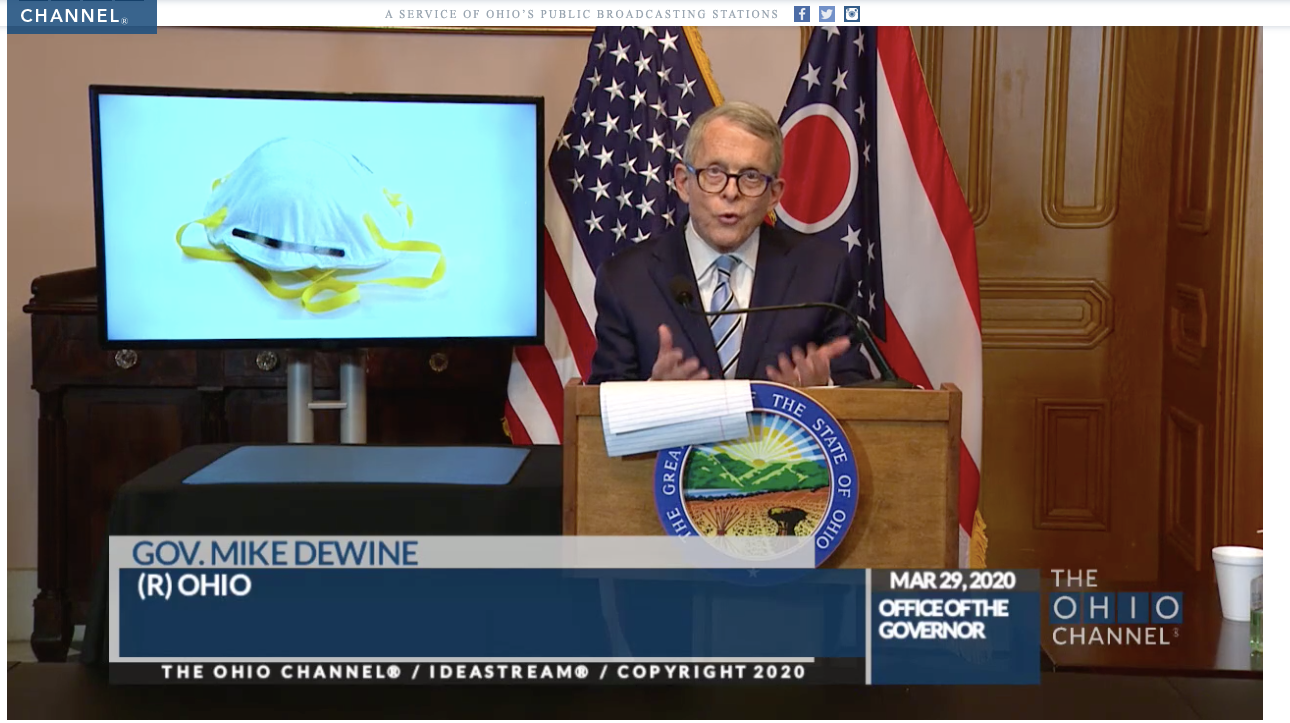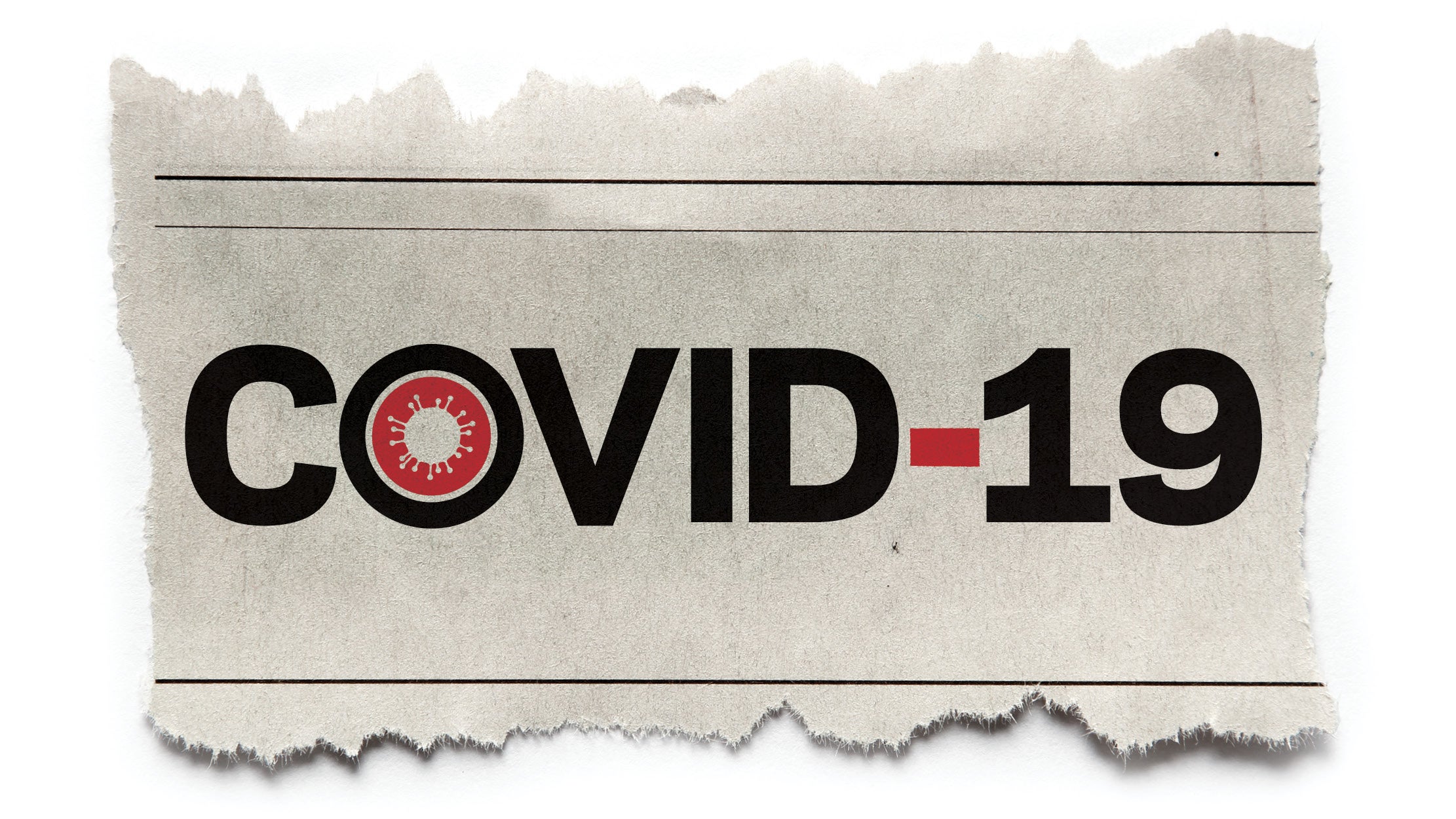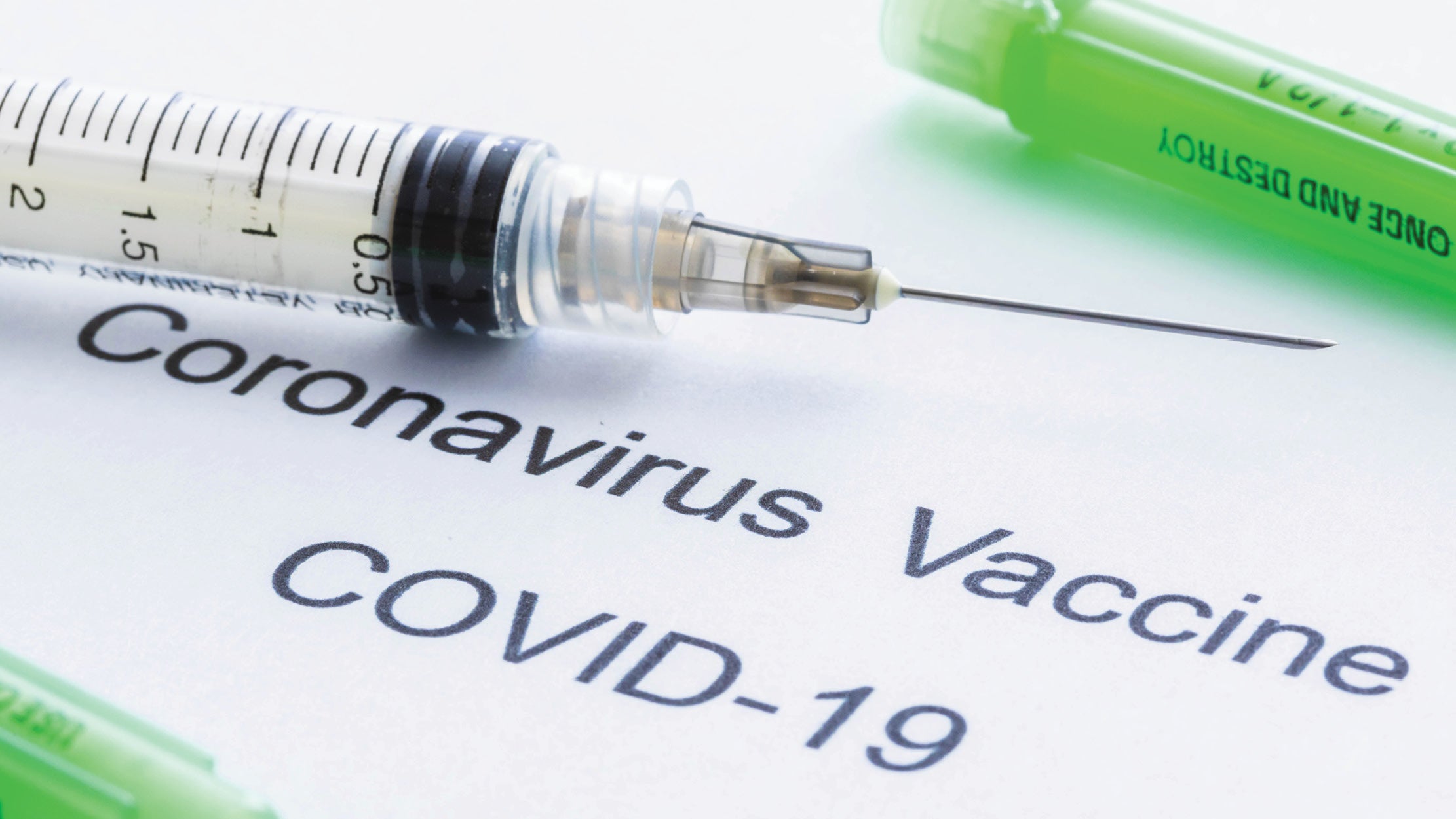DeWine: COVID-19 ‘Game is not over’
Published 9:15 am Sunday, April 12, 2020
COLUMBUS — The number of coronavirus cases in Ohio neared 6,000 on Friday, though Gov. Mike DeWine said models for the peak in Ohio are looking better than initial projections.
As of Friday, 5,836 Ohioans were infected with the virus, with 227 confirmed dead.
The number of hospitalizations stood at 1,755, with 548 admitted to intensive care.
“We have tried every day to tell you what we know when we know it,” DeWine said in his news conference on Thursday. “We’ve had some questions about the curve and how much it was flattened. We’re seeing some of these estimates changing. You’re seeing the estimates getting better, but we also have Ohioans dying every day.”
Based on the new model, the peak cases are projected at 1,600 new cases a day, versus the prior estimate of 10,000 a day, Dr. Amy Acton,, director of the Ohio Department of Health, has said. The peak of cases is expected in late April.
The governor said the change in the projected number of cases was due to the impact of social distancing and bans on mass gatherings and thanked Ohioans for following the restrictions.
“Overall, things are turning out, so far, better for Ohio,” DeWine said. “The reason the models are changing is because of each and every one of you. It’s what you have done. You’ve made a huge difference. I’ve said before — it’s not about the orders we issue.”
DeWine said the state has done a “bang-up job” in reducing the spread of the virus.
“The initial modelers — they didn’t think Ohio was going to do as good a job as we did,” the governor said. “We did a lot better. That’s one reason why the model has changed so much.”
But DeWine cautioned against people easing up on their social distancing and said it must continue for the progress to also continue.
“We have to continue doing what we’re doing,” DeWine said. “If we do that, the new projections will continue. If we let up, they will not continue.”
DeWine said the revised estimates are “based on what we do.”
“We’ve hit a home run,” he said. “We’ve done a great job, but it is not time to celebrate. The game is not over. The optimistic scenarios are based on a belief that we will continue social distancing at the same level.”
Dewine said officials are working on “a path out, about how we come out of this and get back to work.”
“How we get back to living our lives — we’re working on a very sophisticated plan,” he said. “We’re not going to lay that out today, it is still a work in progress, but it is coming along. Soon, we will outline it out for you.”
The governor again stressed Ohioans must “continue doing what we’re doing” in order to get to a point when the state can reopen.
“We are working just as hard on how we come back from this as we were when we focused on the Stay Home Ohio order,” he said.
DeWine compared it to “a mountain range.”
“We’re reaching a peak,” he said. “We’ll be seeing more deaths. We will escort you carefully to recovery, but we must do it responsibly.”
But he said the state has not reached the peak yet.
“If you look at the hospitalizations, they’re going up every day,” he said. “We compare it every day against the five-day average and we are seeing that those admissions are still going up. But the things we are seeing are still very encouraging. We’re optimistic.”
Acton said it “a hard mountain to climb.”
“We have done this together,” she said. “But the descent is challenging, too. Every move we’re making is based on the best science, and we will not leave you as we get you through this journey.”
DeWine urged the state to continue to work to curb the spread of the disease.
“We’re Ohioans,” he said. “We’re tough. We’ve got to hang in there. If we don’t, we’ll pay the price — and it’s a heavy, heavy toll.”
On Friday, Acton and DeWine clarified the order restricting non-essential surgeries.
“We’ve heard anecdotally that there is confusion about what is essential and what isn’t essential,” Acton said.
DeWine outlined the criteria for essential.
“Threat to the patient’s life if the surgery or procedure is not performed,” he said. “Threat of permanent dysfunction of an extremity or organ system if not performed; Risk of progression or worsening of a condition or disease; Risk of rapidly worsening symptoms.”
DeWine said patients should speak with their physicians.
“If a physician’s clinical judgment about a procedure is essential, then it should continue,” he said.





